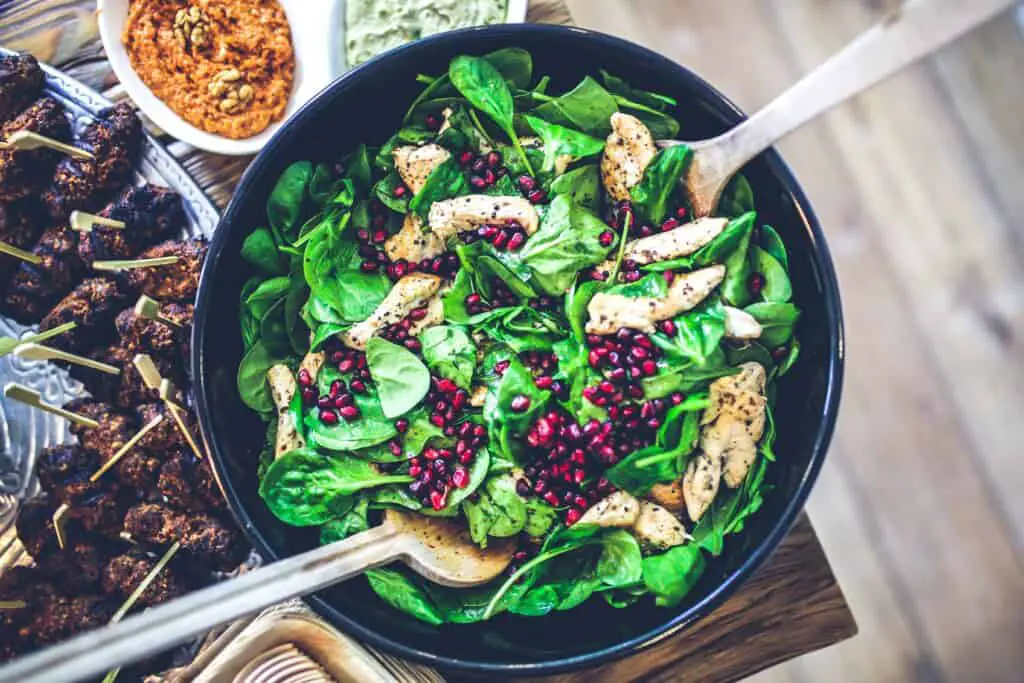First of all, ask yourself what is your goal: losing weight or fat? The difference is big, and below you can read 5 key differences between weight loss and fat loss.
Fat loss requires completely different actions compared to ones required for weight loss. While many don’t know or care about these differences, they are important to know in order to successfully turn your idea of weight loss into the one of fat loss. Normally, fat loss is exactly what you want to achieve in your weight loss process in order to improve your health.

5 Key Differences between Weight Loss and Fat Loss
1. Not all calories are stored equally
People who are trying to lose weight often think that “the less calories we take in, the more fat we will melt” and vice versa. At the same time, those trying to lose fat know that calories are not exclusively associated with adipose tissue, but also with glycogen and glycogen stores in muscles. In other words, the calories we take in go to different parts of the body, and proper food choices determine their storage.
With a reduction in calorie intake, fat loss can occur, as well as muscle tissue. With an increase in calories, there can be an increase in adipose tissue, but also an increase in muscle mass. The type of activity you choose with your diet plan, or diet, will significantly affect the goal you are trying to achieve. This is exactly the reason why strength training has become the dominant type of physical activity for those who are trying to lose fat, because it is an activity that will direct excess calories into gaining muscle mass.
2. Food is not just calories

People who want to lose weight are looking at the food quite differently from those who want to lose fat. For example, a donut and a piece of chicken breasts may have the same number of calories, but for those who strive to lose excess fat, the ratio of macronutrients in these foods (ratio of protein, carbohydrates and fats) is very important and responsible for the metabolic effects of each food.
While one food (chicken breast) will give you sustainable and long-lasting energy and have a positive effect on your metabolism, the other (donut) will give you energy that is unstable and jumpy and will be more focused on building an adipose tissue than muscle growth. Therefore, always think about the quality of the foods you plan to eat rather than just their caloric value.
3. Each of our actions has consequences
Often, people who want to lose weight watch meals independently of each other. They do not think of breakfast, lunch and dinner as connected but as separate points in the process of reducing the number that the scale shows.
At that time, people working on fat loss know that food choices per meal directly affect the metabolic results of the next meal. For example, if you eat only a light salad for lunch and skip a snack, dinner will be a risky meal in which you are likely to “sin”. Namely, if you eat too little during the day, in the evening you will probably be caught by an unbearable desire for something sweet or salty.
Those who work solely on weight loss often do not link these causes and consequences and do not conclude that this evening’s desire is precisely caused by poor access to previous meals.
The same model is often applied to exercise: “I will compensate for poor nutrition with exercise” is a mantra that many apply. Many calculate that, after eating sweets in the amount of 500 kcal, they will “easily” spend those calories with training. At the same time, they do not count that after a workout in which they will burn so many calories, they will most likely be so hungry and exhausted that they will eat twice as much.
Training and nutrition are inseparable and the amount and type of training you do is directly related to food intake before and after activities. Sleep and stress have the same effect, which, if not well controlled, also contribute to poor dietary choices and excessive food intake.
4. There are no universal rules
When choosing food, always follow your body’s reactions. For example, people who want to lose weight will reach for Zero drinks because they have 0 calories. At the same time, those who strive to lose excess fat will consider the individual effects that this drink has on them: if such a drink stimulates hunger, you will avoid it despite having no calories.
Therefore, follow your body and its reactions to certain foods, and do not copy other people’s instructions or advice.
5. Don’t worry about the scale

Gaining muscle tissue will increase your body weight and people who strive to lose fat do not worry about their own weight. Instead, they measure their body circumference at individual points and use a mirror that shows the difference. Namely, since a kilogram of muscle is less in volume than a kilogram of fat, a person who gains muscle may look much thinner than the scale will show.
People who only aim to lose weight are often obsessed with weighing and are often very demotivated by daily fluctuations that can sometimes be up to 2 kilograms.
People who lose fat know that it is water and various hormonal fluctuations and they are not worried with these.
When you lose fat you will look larger but toned and when you lose weight you will be skinny and soft. These are the final results of losing weight or fat process that I wrote about in this article.
RELATED POSTS
How To Deal With PMS
There are a number of physiological differences between men and women, the most important difference, from the fitness and dietary side, is the menstrual cycle….
How To Increase Fertility After 35
In addition to health and genetic problems, fertility after 35 in both men and women is significantly affected by a number of environmental factors. Therefore,…
5 Benefits Of Practicing Yoga In Difficult Times
In the last few years, yoga has become more popular. Especially in the last year when pandemics started and this is completely understandable because yoga…
Simple Ways to Speed up Your Metabolism
Do you wonder why the scale doesn’t move even if you are doing everything right? You are exercising and following a diet, but there’s no…




